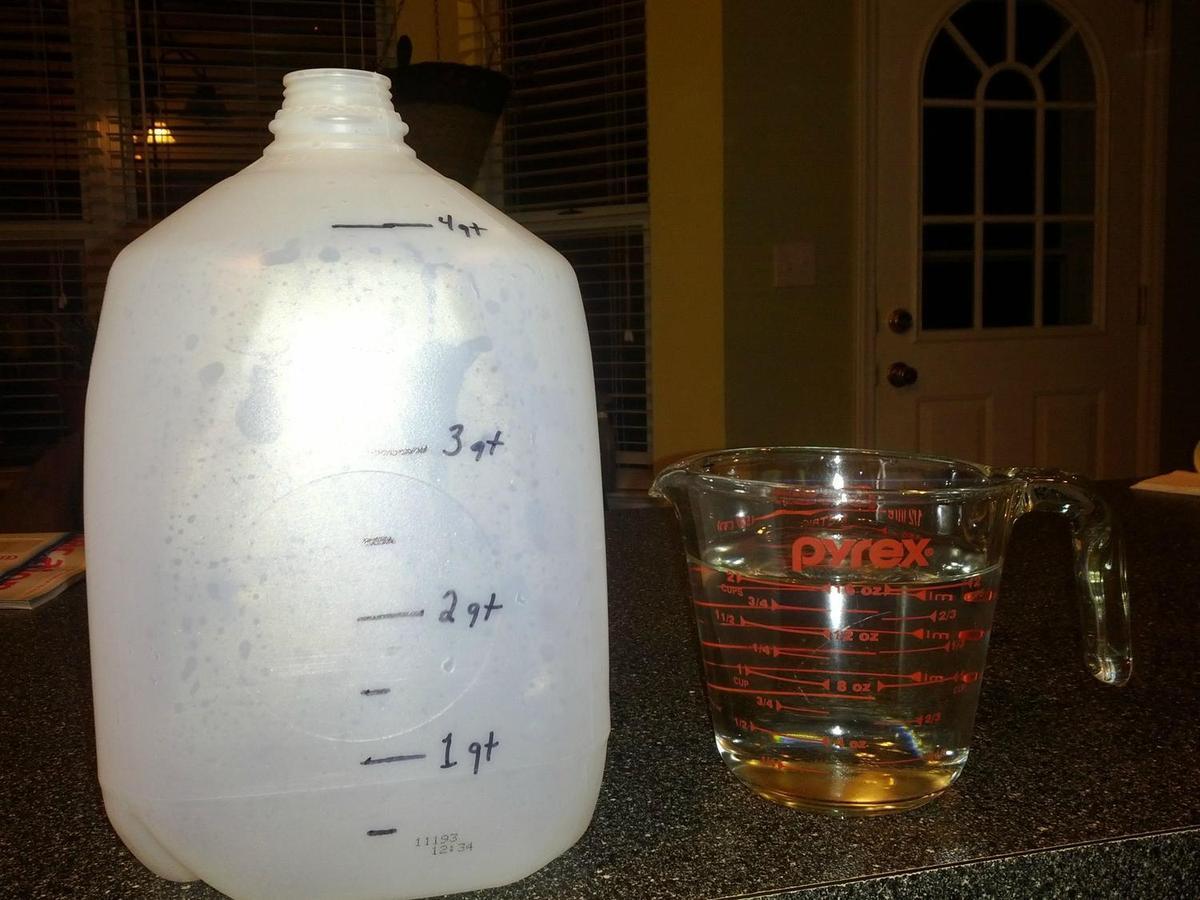beertastic
Well-Known Member
I'm just starting doing all grain batches and using BeerSmith, so I'm trying to get a little more serious about my volumes.
I thought it would be a good idea to mark the side of a gallon jug by the quart, but I came up really short. I measured 2 cups (1/2 qt) at a time, and let everything settle before marking and measuring.
Are the 1 gallon jugs really that much more than 1 gallon? Or am I measurically challenged
What are you guys using to measure out quarts/gallons with decent accuracy?

I thought it would be a good idea to mark the side of a gallon jug by the quart, but I came up really short. I measured 2 cups (1/2 qt) at a time, and let everything settle before marking and measuring.
Are the 1 gallon jugs really that much more than 1 gallon? Or am I measurically challenged
What are you guys using to measure out quarts/gallons with decent accuracy?




